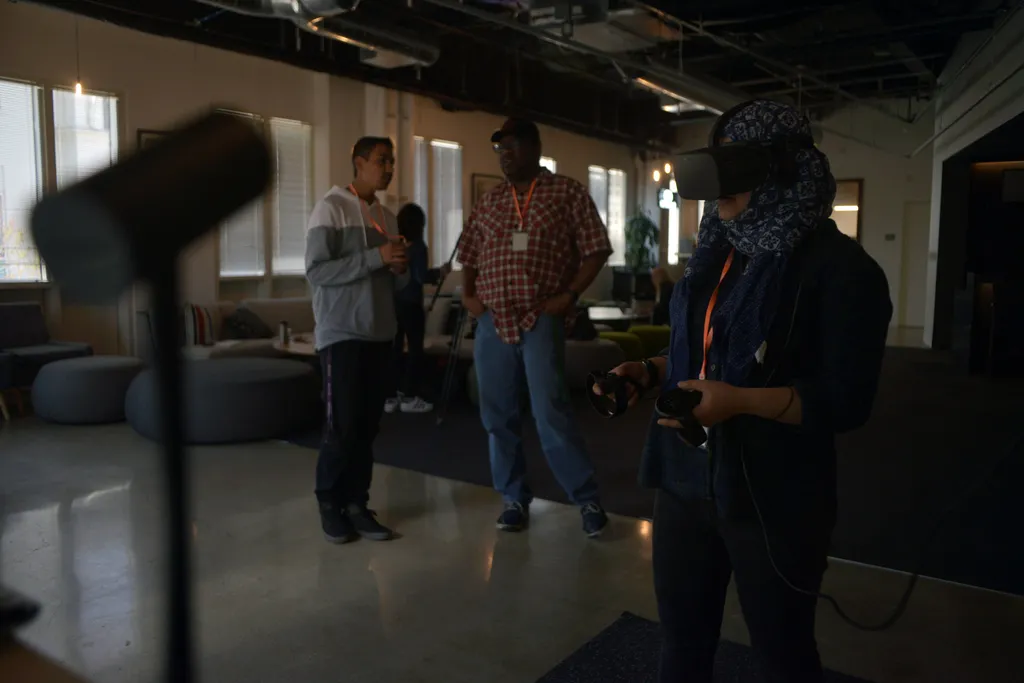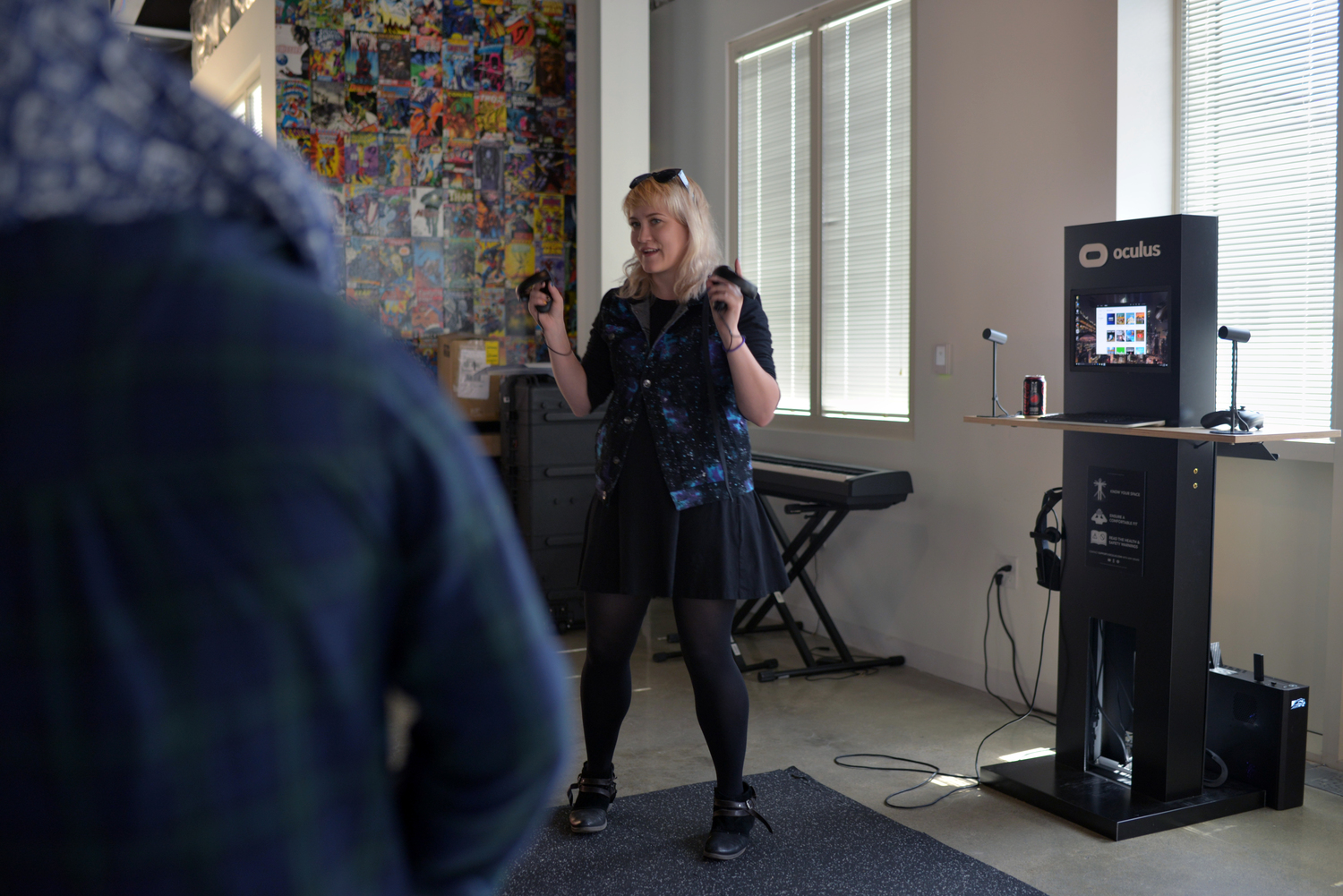100 Oculus Rifts will be deployed at 90 California libraries over the next three months as part of a pilot program offering VR to anyone with a library card.
The roll-out will include Rift and Touch controllers so visitors can use their hands in a variety of applications. VR applications for people to explore include Google Earth, Apollo 11, Titans of Space 2.0, Everest, Ocean Rift, The Body VR, Guided Meditation VR, Star Chart and others. Projects from the now-defunct Oculus Story Studio including Dear Angelica, Lost and Henry will also be available.
“I originally put this experience together to educate myself, so I’m honored by the idea that it might do the same for others in our local libraries,” said Drash, developer of space education app Titans of Space. “Getting Titans into the educational space has always been one of my original goals.”
Most libraries will have a single Rift loaded with content curated by the individual library from developers who have agreed that their apps could be included. It is up to each of the individual libraries to manage the headsets, clean them, help people in and out of VR and schedule how long visitors can use the headsets. An age limit is set at 13 years or older.
Oculus Education Program Manager Cindy Ball said in a prepared statement the program covers less than 10 percent of the California library branches, but “hopefully the experience with the first 100 devices will generate sufficient interest for the state to drive further expansion.”
“If this pilot is successful, that shows that library patrons and librarians value the availability of VR equipment in libraries,” Ball said. “Next steps would include the California State Library expanding the program by allocating or raising additional funding to scale the presence of VR.”
Oculus will be able to measure on a per-library basis the popularity of individual apps, but only a single account will be used by the entire library so there won’t be any tracking of individual behavior, according to Ball. There will also be optional surveys for people to fill out.
“The primary goal of the library project is to support equitable access to technology,” Ball said. “Regardless of your gender, race, religion, or socioeconomic status, you are welcomed at the library and have free access to all the resources it provides. We want to encourage as many people as possible to give VR a try. Our second goal is to understand the benefits and challenges of deploying a program like this at scale. We want to encourage states and other organizations to scale large programs in the future, so it’s important that we understand what works well—and what doesn’t—as early as possible. And third, as the program is up and running, we’ll encourage the layering of more educational content and experiences to add to the educational benefits.”
A full list of the libraries getting Rift is available on this map.



























